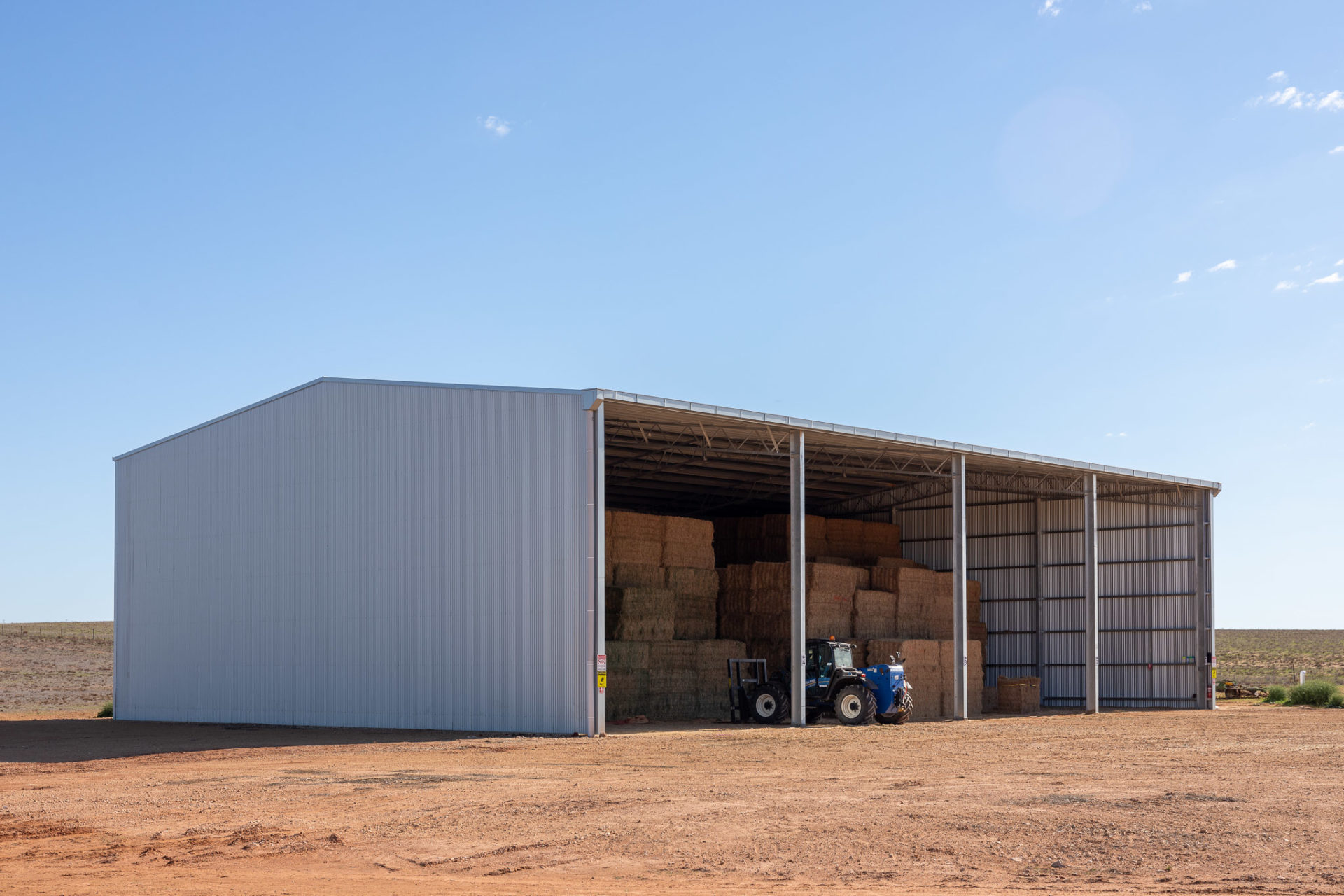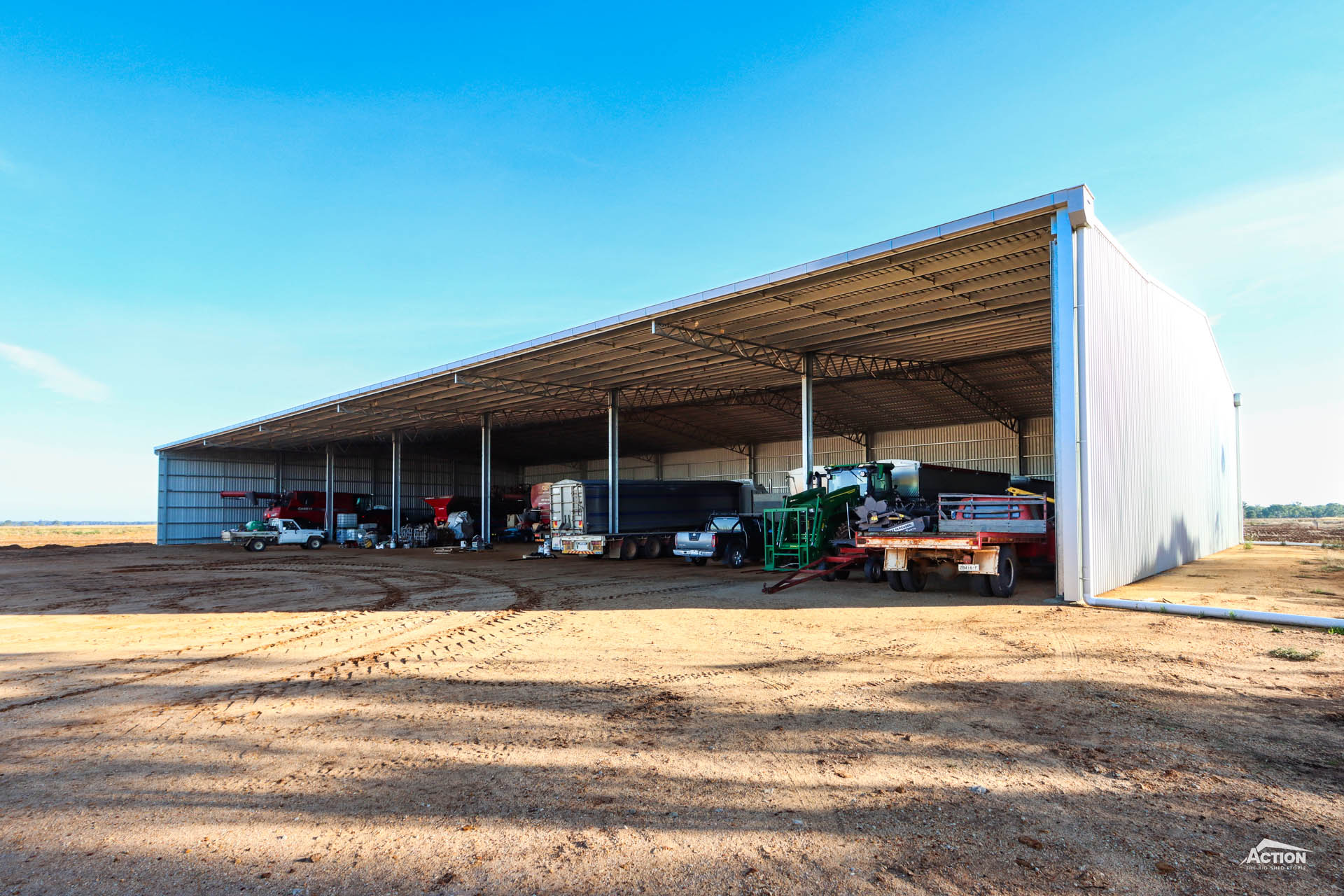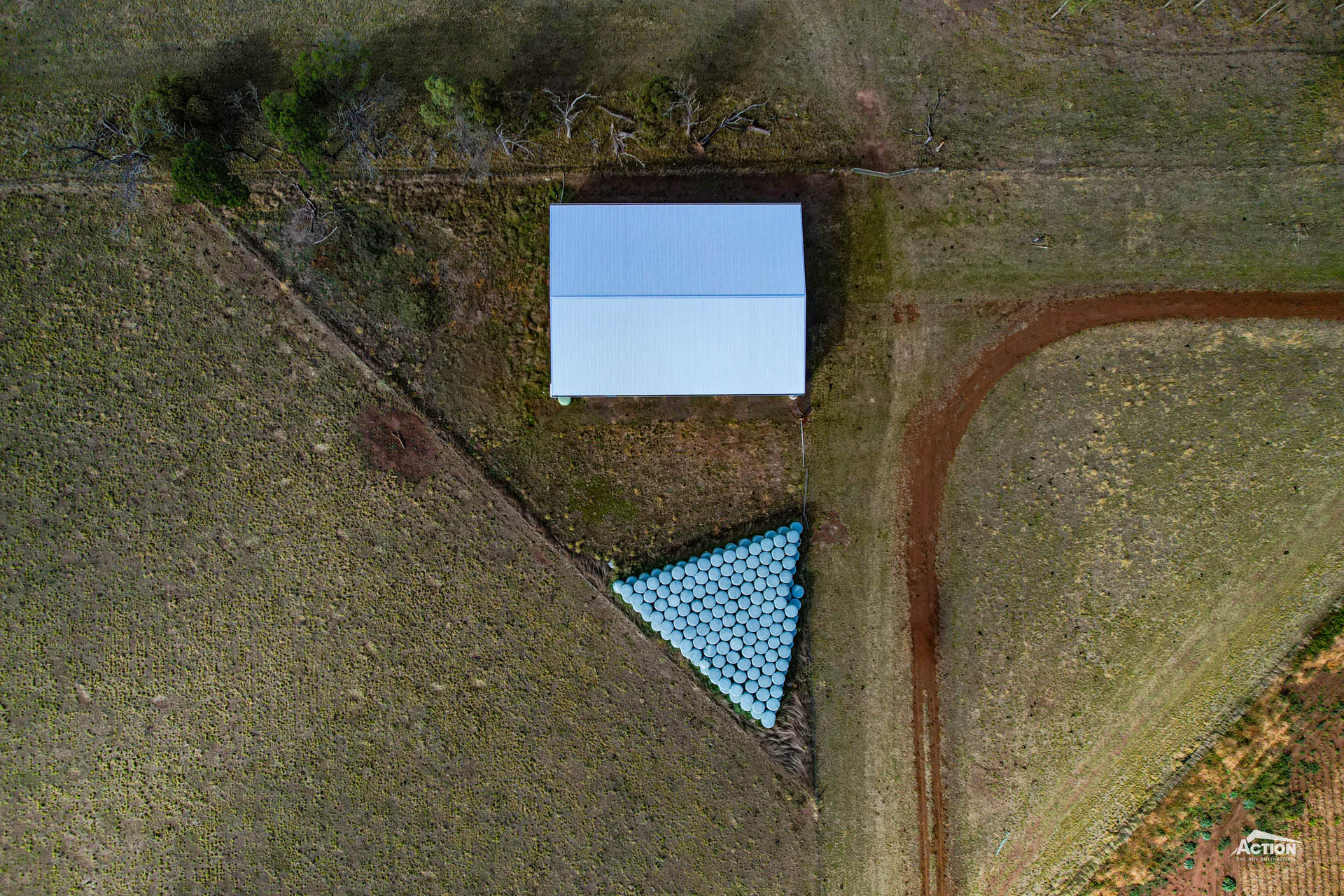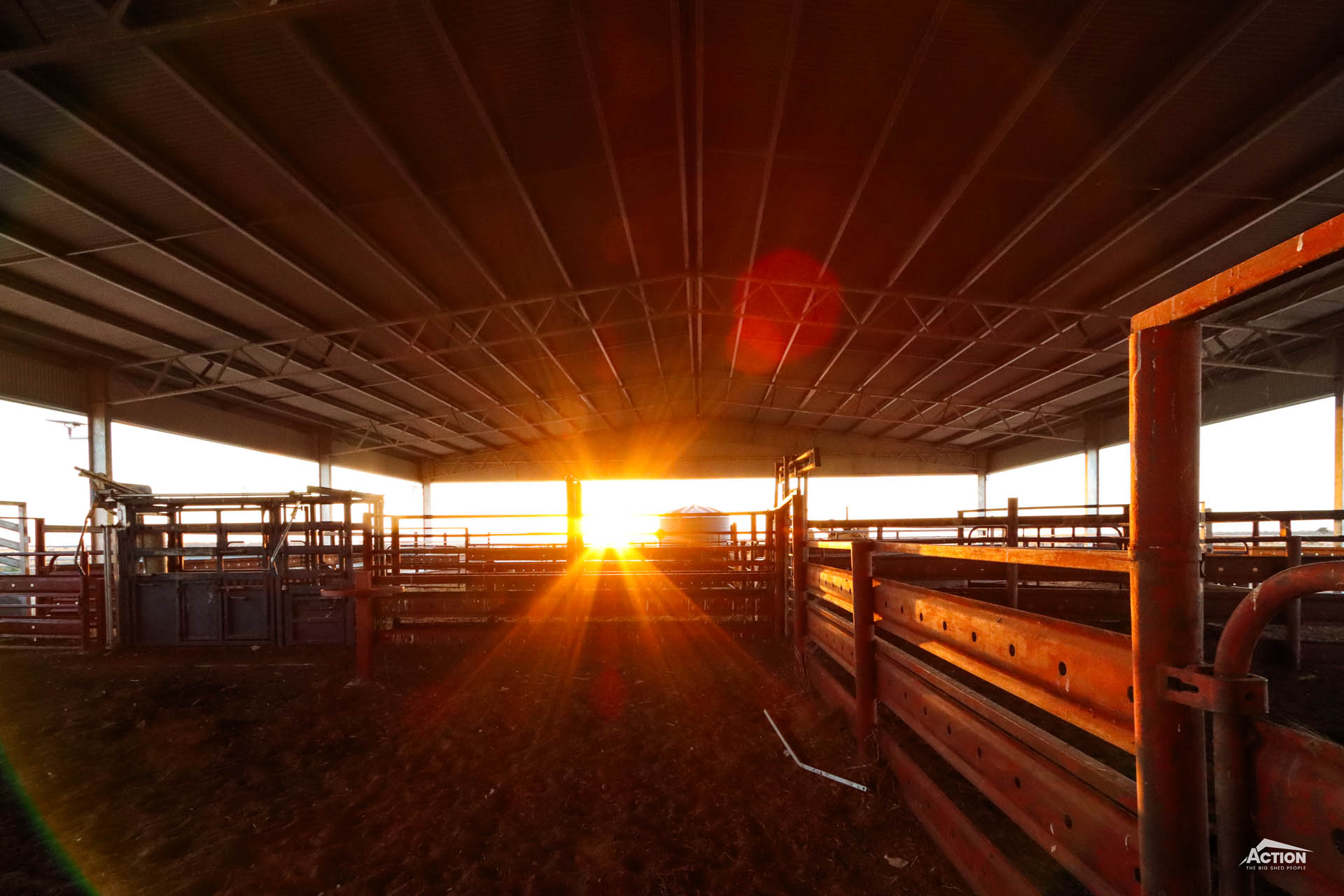It pays to keep your hay shed insurance policies up to date to ensure the shed and the contents are adequately covered.
For example, the cost involved in building a shed does vary over time, so you do not want to find yourself out of pocket if your shed ever needs replacing. The team at Action are happy to help you with prompt and accurate costings for insurance purposes.
In this article we answer some of the common questions about hay shed insurance.
Common questions about hay shed insurance
Do insurance policies cover spontaneous combustion?
Make sure that your insurance policy covers spontaneous combustion.
Spontaneous combustion occurs if hay isn’t completely dry by the time it is baled, and it begins to ‘breathe’, and sugars break down, releasing moisture and heat. As heat builds the bale smokes or bursts into flames.
While spontaneous combustion is the most likely cause of a fire in a hay shed, some insurance companies do not cover this.
Does it matter if all my hay is stored in one shed?
Depending on your insurance policy, you may be covered for up to $500,000 worth of hay stored in one location.
However, there are obviously certain criteria that would need to be met and we recommend that you speak to your insurance company to make sure you are adequately covered.
Does my hay shed need to be insured when Action delivers it to site?
We usually advise clients to have their insurance policy in place as soon as the shed is delivered – before it is erected.
This means that you would be covered if any materials were stolen during the erection stage – with the theft incidents increasing in rural areas, this would be a good idea.
Do insurance companies cover a shed that is used to store both hay and machinery?
We are often asked whether a shed that stored both hay and machinery can be insured. The short answer is, yes – but once again check with your insurance provider to make sure your policy takes this into account.
It is important to use common sense too. For example, think twice before storing old machinery (without circuit breakers) in a shed full of hay and and avoid storing any type of machinery in the same shed as hay with high moisture levels. WFI recommends removing all machinery from your hay shed “to ensure equipment is not put at risk by fire and therefore increasing your loss and potential hardship.”
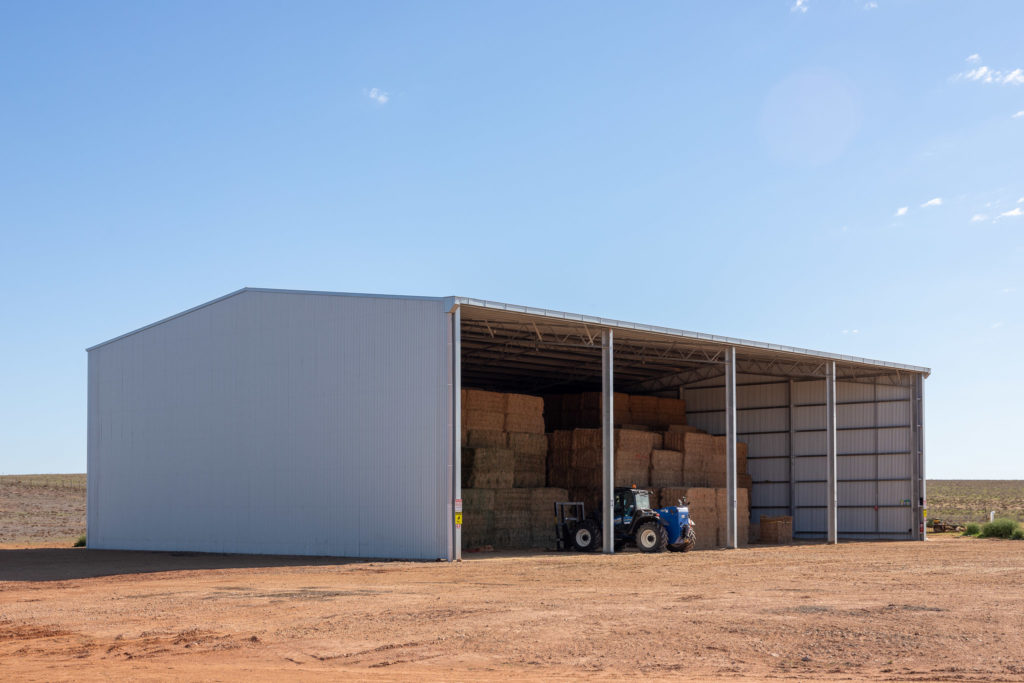
Contact our team at Action for an accurate replacement value for your existing shed.
**Disclaimer** Please note that this advice is general only. Speak to a qualified insurance broker to find out exactly what you are covered for.

